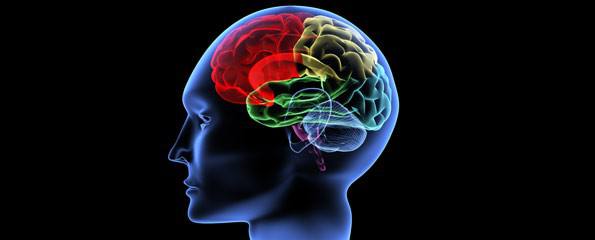Helping restore balance after inner ear disorder
Many disorders of the inner ear which affect both hearing and balance can be hugely debilitating and are currently largely incurable. Cochlear implants have been used for many years to replace lost hearing resulting from inner ear damage. However, to date, there has not been an analogous treatment for balance disorders resulting from inner ear disease.
One potential new treatment is an implantable vestibular nerve by electrical stimulation. This prosthetic treatment is tested in a new study by Christopher Phillips and his colleagues from the University of Washington in Seattle, USA. Their findings are published in the Springer journal Experimental Brain Research.
Meniere’s disease is a disorder of the inner ear that can affect hearing and balance to varying degrees. The characteristic symptoms are episodes of vertigo, tinnitus, a feeling of pressure in the ears and hearing loss which tends to worsen as time goes on. Although there is medication which can help once an attack is underway, there is currently no long-term therapy which can resolve the disease completely.
Phillips and his colleagues have developed a vestibular prosthesis which delivers electrical stimulation to the fluid inside the semi-circular canals of the ear. In effect, the stimulation of the fluid makes the brain believe that the body is moving or swaying in a certain direction. This then causes a compensatoru postural reflex to stabilize the posture thereby helping to restore balance.
For their study, this prosthesis was inserted into the ears of four subjects all suffering from long-term Meniere’s disease and differing degrees of hearing loss which was resistant to other management strategies. After full evaluation of each participant’s vestibular function, their eye function was measured in response to electrical stimulation along with their postural response both with their eyes open and closed.
The researchers found that electrical stimulation of the fluid in the semicircular canals of the affected ear did result in a change in posture, the direction of which was dependent on which ear was stimulated. However, each subject had different sway responses to the stimulation given. The authors believe this could be caused by small differences in the location of the electrode implant would be required for it to be effective.
Overall the results illustrate that this type of prosthesis may eventually be a possible treatment for balance issues caused by Meniere’s disease. However, there are a large number of matters which would need resolving before it is ready to use. The lack of consistency in direction and magnitude of sway response would require further study to ensure that any prosthesis developed could give reliable results for different individuals.
Source Springer
Dates
Created by:

 Login
Login














